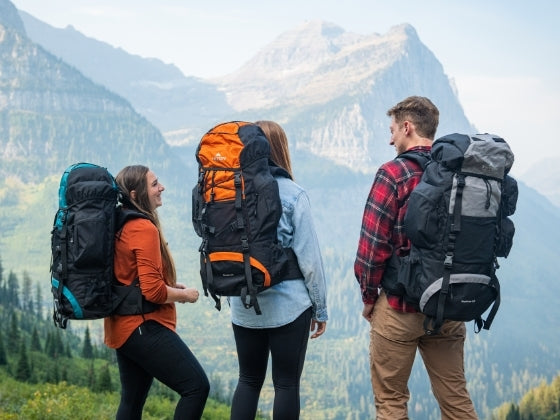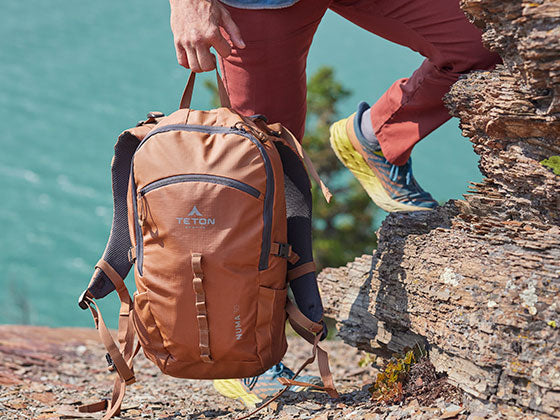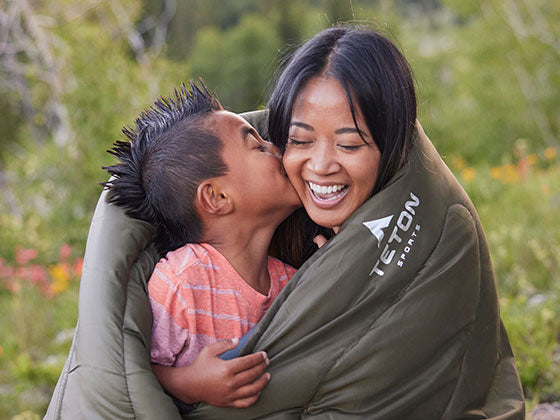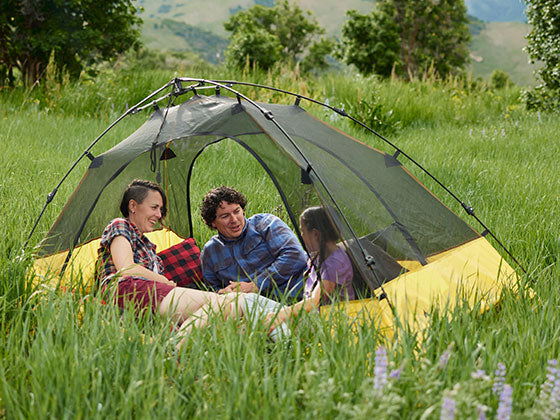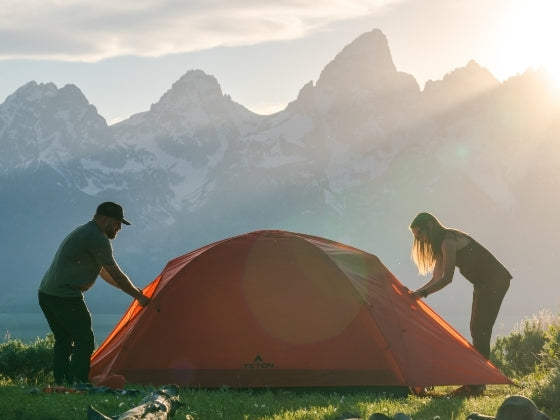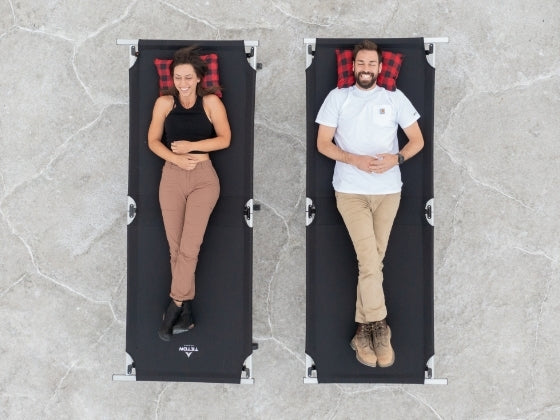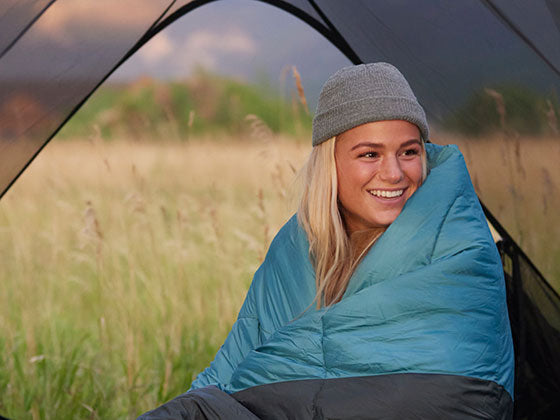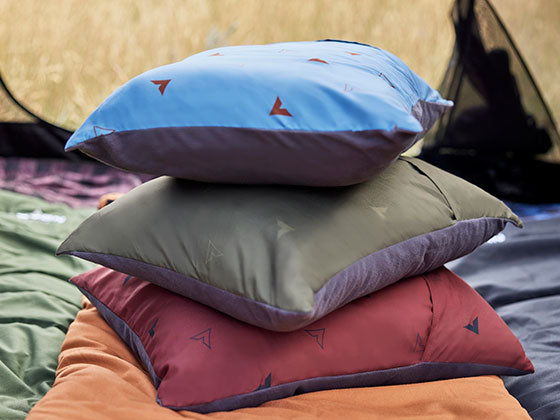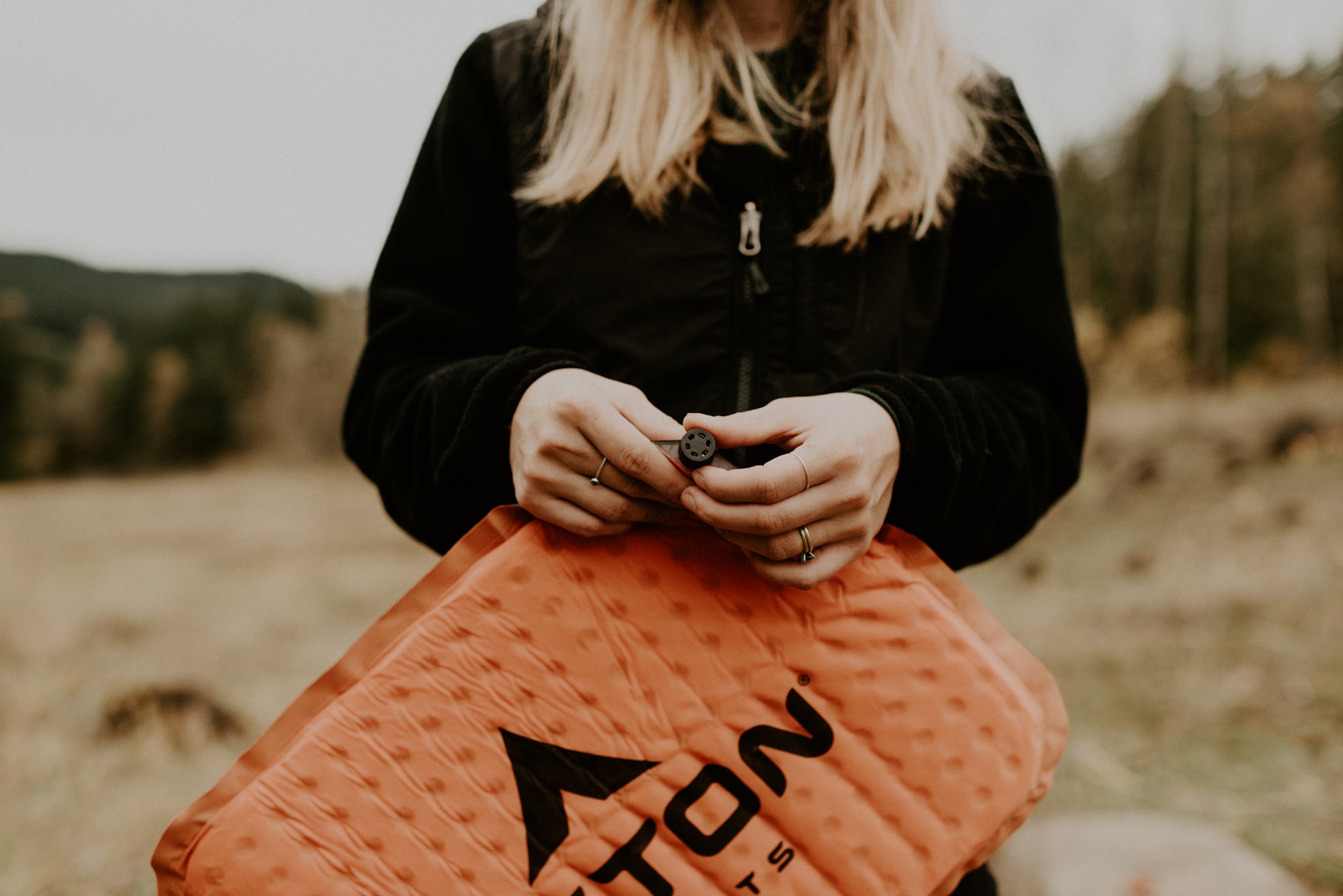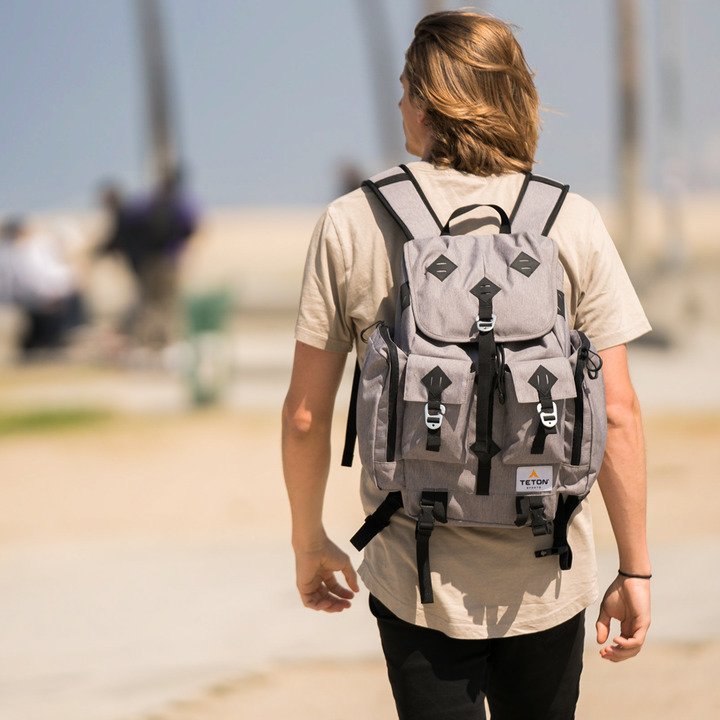By: Mikayla Koeltzow
Outdoor adventures are some of the most fun and carefree activities we can do, and that’s exactly why we love them. And to keep them that way, it’s important to be prepared to ensure everyone’s safety. Keep reading for safety preparation in the outdoors as well as tips to keep you safe in emergencies.
Before you head out for any outdoor activity:
• Get the car ready for the drive
• Gas - Make sure you have enough gas in the car. A gas canister can be
filled and brought along if there is any lack of gas stations en route.
• Maintenance - For longer drives in particular, ensure that car is up to date
on maintenance and you have basic tools for common problems such as
replacing a flat tire or jump starting a low battery.
• Road conditions - Check if high clearance vehicles or 4WD are needed to
get down any rough dirt roads.
• Check cell coverage
• If you are going far from cities and might lose service, downloading an
offline map for the area is very helpful.
• Check weather conditions
• Make sure you have proper clothing for highs and lows, as well as any
weather conditions such as snow or rain. Keep in mind temperatures can
drop quickly as you gain elevation.
• Research dangerous wildlife and insects in the area you are going
• Carry appropriate gear for protection from bears, snakes, coyotes, ticks,
mosquitoes, spiders etc. that are local to where you go.
• Know what to do if you encounter any of these specific dangerous wildlife
or insects.
• Look up nearest food and water resources
• Always bring plenty of extra food and water with you, but take note of
any nearby stores as well as natural water sources such as rivers or
lakes. Travel water filters are excellent to keep with you.
• Tell someone where you’re going, who you’re with, and when they
should hear from you by.
Always bring with you:
• Water - Lots. And a way to purify water.
☐ Extra food - Foods like nuts, dried fruit, protein bars, and freeze dried
meals can be stored for a long time and don’t take up much space.
• Cell phone - Charging cord, and portable battery.
• Light source - Such as flashlight, headlamp, and/or cell phone light.
☐ First-aid kit - Check out our post FIRST-AID MUST-HAVES FOR HIKING
☐ Fire - Lighter or matches to start a fire if needed.
• Clothing - for any possible weather conditions.
• Shelter - An emergency blanket can be used to make a shelter if you don’t
have a tent along.
Additional tips for hiking
• Hike with a companion when possible.
• Look at a trail map before and during your hike.
• Take as many breaks as you need for rest, water, food. It’s okay to turn
back anytime.
• Give yourself plenty of time to finish the hike.
• Bring gear for night just in case, such as the items listed above.
Additional tips for camping
• Make a packing list to ensure you don’t forget any essentials.
• Items like bug spray, bear spray, and bear canisters can be absolutely
essential in some locations. It’s always a good idea to keep your food at a
distance from your camp site.
• If you ever feel unsafe for any reason, trust your instinct and leave if
needed.
We hope after reading this that you may feel more prepared and confident about your next outdoor adventure, so that it can always be perfectly enjoyable.
Happy adventuring, and stay safe!
About the Author:
Mikayla Koeltzow
Mikayla is always looking to see new places and experience new things in order to slow life down and create unique memories. Photography and writing are her absolute favorite ways to document these moments. When not working or relaxing with her dog, you'll most often find her (and her dog) hiking, backpacking, camping, road tripping, or hanging out with friends and family.

